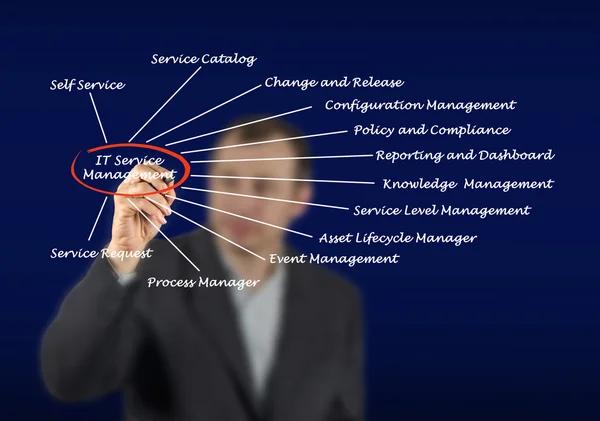Effective IT asset management (ITAM) strategies are essential for businesses experiencing rapid growth, as they help maintain control over technology investments while supporting scalability. As companies expand, the complexity of managing hardware, software, and related services increases significantly. Without a structured approach to ITAM, organizations risk inefficiencies, increased costs, and security vulnerabilities. Implementing comprehensive strategies enables businesses to optimize resource utilization and align IT assets with evolving operational needs.
A key component of successful ITAM during periods of fast growth is establishing clear policies and procedures. Defining roles and responsibilities ensures accountability throughout the asset lifecycle-from procurement and deployment to maintenance and disposal. Standardizing processes minimizes errors and streamlines workflows. This clarity becomes particularly crucial when multiple teams or departments are involved in managing assets. Additionally, maintaining an accurate and up-to-date inventory is vital. Automated discovery tools can assist in tracking physical and virtual assets in real time. This visibility allows decision-makers to identify underutilized resources or potential compliance issues promptly.
Integrating IT asset management with other business systems such as procurement and finance enhances efficiency. When asset data flows seamlessly between departments, it reduces duplication of effort and improves budget forecasting. For example, linking asset records with purchase orders helps verify that acquisitions meet organizational standards and contractual obligations. Moreover, this integration supports timely software license renewals and audits, preventing costly penalties or disruptions.
Security considerations must also be prioritized within ITAM frameworks during expansion phases. Rapid growth often introduces new endpoints and users into the network environment, increasing potential attack surfaces. By maintaining strict control over hardware and software inventories, companies can enforce security policies get more info effectively. Regular audits identify unauthorized devices or outdated applications that may pose risks. Furthermore, implementing role-based access controls limits exposure by ensuring only authorized personnel manage sensitive assets.
Training employees on IT asset management best practices fosters a culture of responsibility and awareness throughout the organization. As teams grow larger and more diverse, consistent education helps prevent accidental mismanagement or data loss. Encouraging collaboration between IT staff and business units promotes alignment of technology resources with strategic objectives.
In conclusion, adopting robust IT asset management strategies is critical for businesses undergoing rapid expansion to sustain operational efficiency and mitigate risks associated with uncontrolled growth. Clear policies combined with accurate inventory tracking support informed decision-making while integration with other systems enhances overall agility. Prioritizing security measures safeguards valuable assets amid evolving threats. Continuous employee education ensures adherence to established processes as the organization scales up its technological capabilities in a controlled manner conducive to long-term success.











